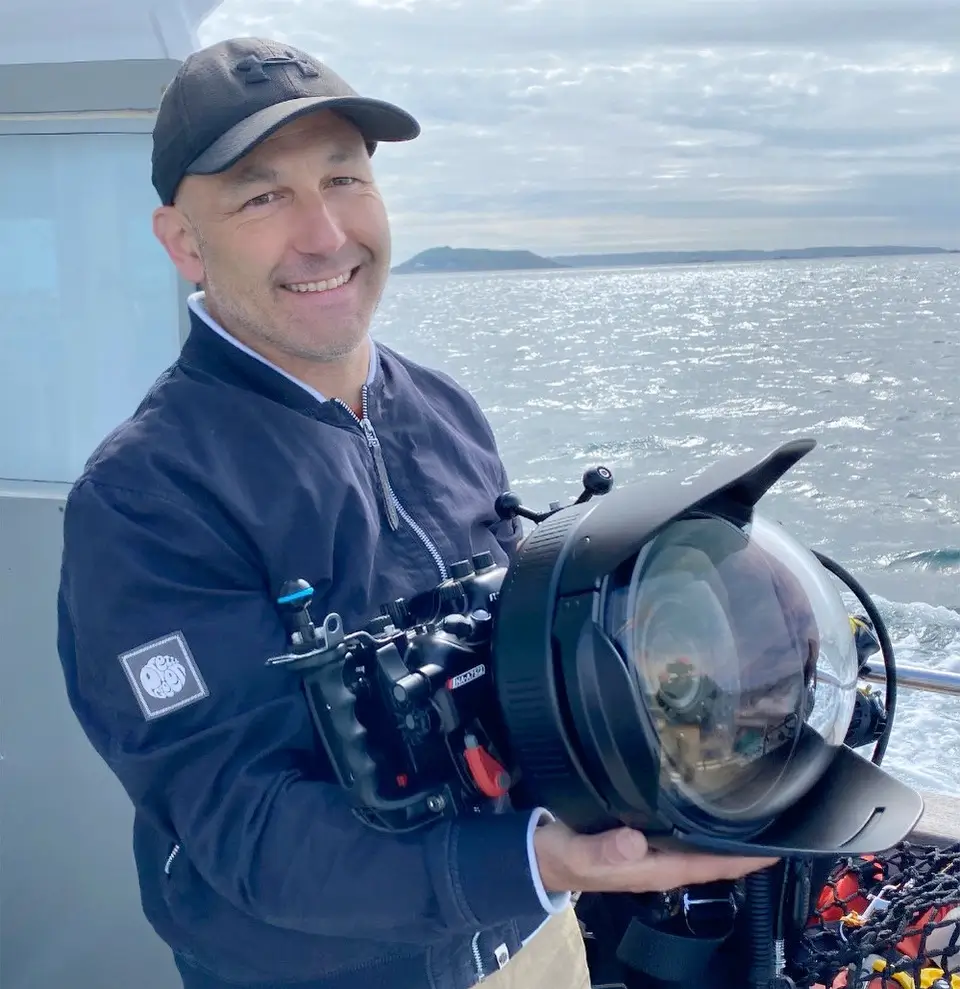Karl Taylor is a professional photographer with over 25 years experience and he is commissioned by leading global companies for his precise attention to detail and his exquisite control of light. Recognised as an expert in the industry Karl is a global ambassador for Hasselblad Camera Company and Broncolor Lighting.
Karl’s work covers advertising, beauty and fashion photography for commercial clients. Having started his career in photojournalism he is also comfortable and actively enjoys shooting across a range of other genres. Karl’s ethos is that ‘variety is the spice of life’ and that 'the visual philosophies for creating effective images are universal'.
Twelve years ago Karl co-founded what is now VisualEducation.com where he became known for his ability to explain complex subjects extremely clearly. His unique way of teaching and clear instruction has led him to work as a consultant and presenter for, Hasselblad Camera Company, Broncolor Lighting and Adobe as well as appearances on the BBC. His training is also used by top universities and education providers around the world and
VisualEducation.com has become one of world’s leading media and visual arts education platforms.
Karl regularly travels around the globe, as a photographer, ambassador and educator for leading players in the industry. When not taking pictures, Karl spends much of his time underwater, enjoying his other passion – wreck diving and documenting them in video.
This passion has also led Karl to work in underwater video from short films to documentaries & commercials. In 2019 Karl’s anti marine pollution campaign images were nominated for the Prix Pictet award and he has also recently completed filming, directing and producing a documentary film that details a four year search for a lost German submarine and a secret Royal Navy Q-ship. The film was first aired on the BBC in October 2024 and is available on iplayer, Amazon Prime and Apple TV. For more information visit
www.TheHuntForTheGermanSubmarine.com
Using specialist low light video cameras, Karl is able to reveal the hidden world of shipwrecks in great clarity at depths of up to 75m (250ft), the limit of useful natural light levels.
Having been a diver since 1990 and progressing to PADI Divemaster he then qualified with TDI as a Technical Trimix Diver and Advanced Gas Blender. Karl also has extensive experience with DPVs and general boat handling, including successfully completing his RYA Yachtmaster Offshore theory.
